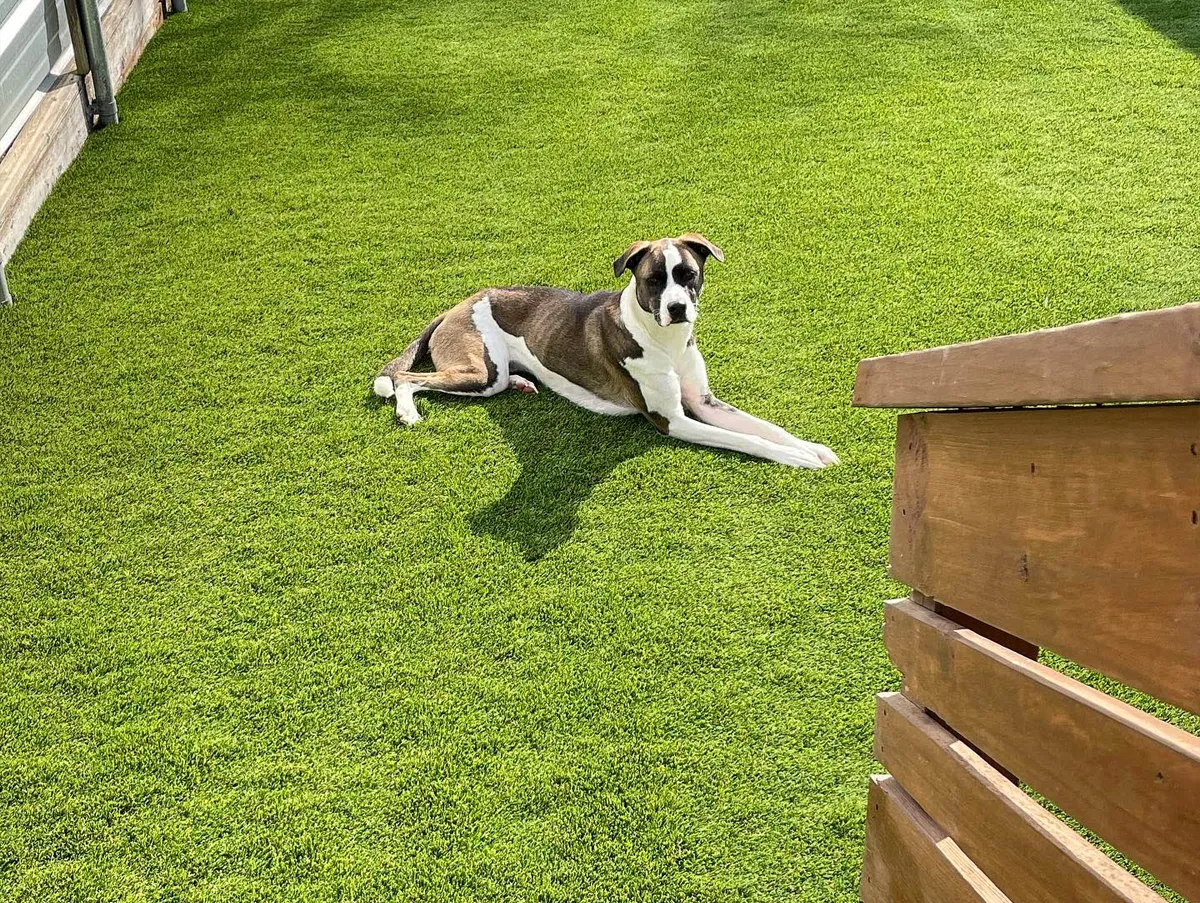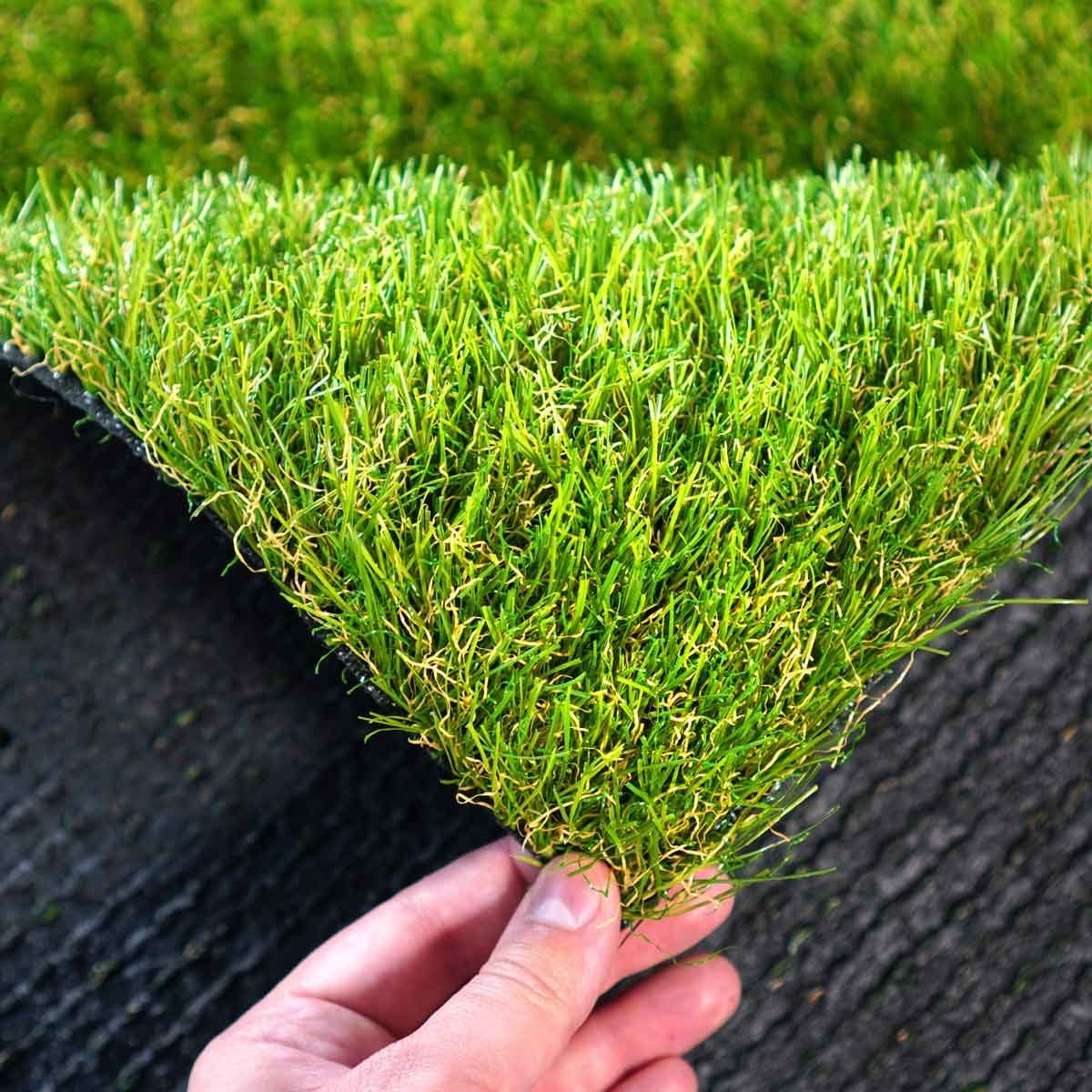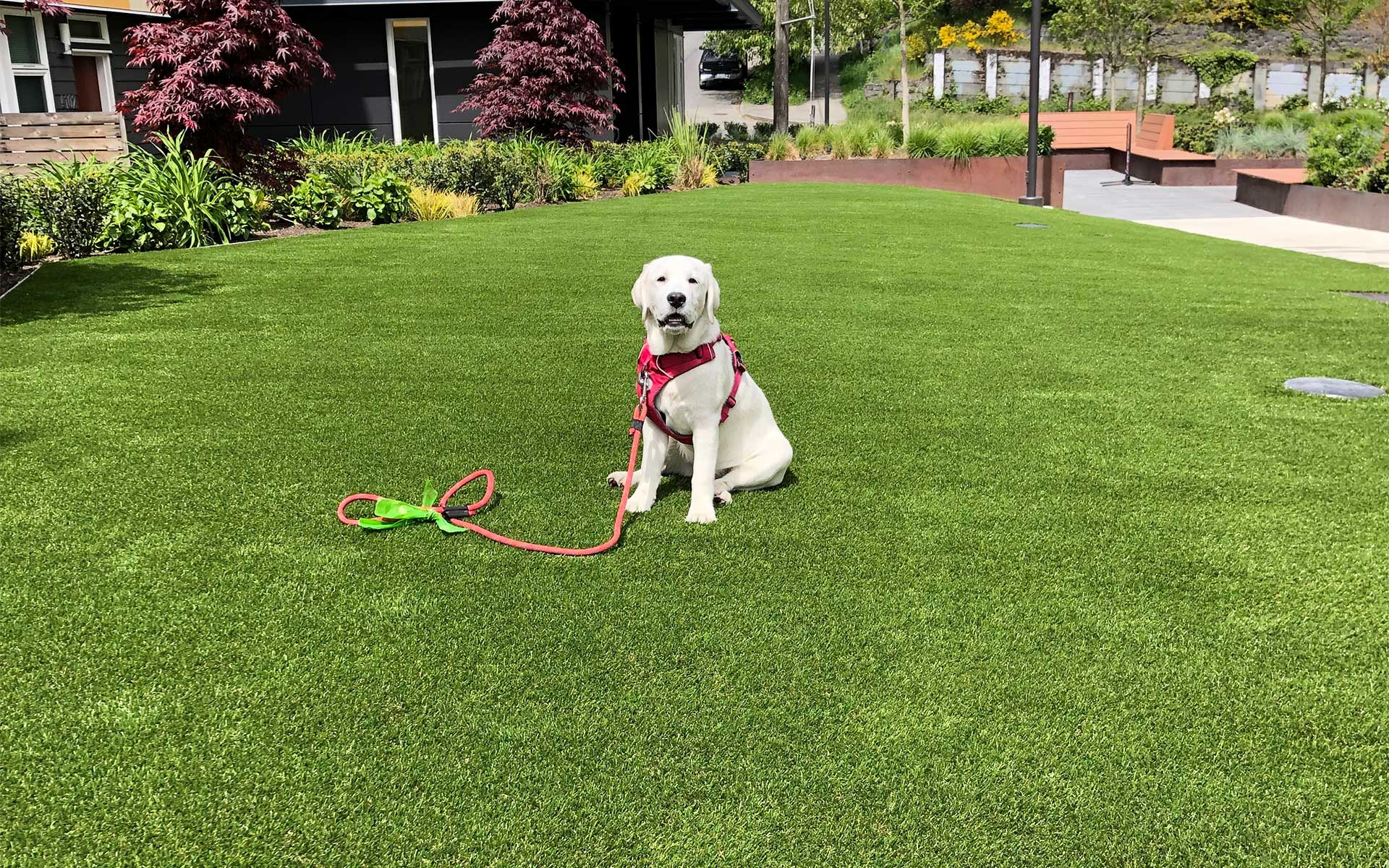Weather-Resistant Arizona Artificial Turf for Residential and Business Applications
Weather-Resistant Arizona Artificial Turf for Residential and Business Applications
Blog Article
Delve Into the Environmental Benefits of Opting for Synthetic Grass Solutions
The adoption of synthetic grass options offers a compelling opportunity to resolve pressing environmental obstacles. By considerably minimizing water use and minimizing the application of unsafe chemicals, these choices not just advertise sustainable landscape design however also secure local ecosystems. The lower carbon impact associated with reduced maintenance tasks contributes to an extra lasting technique to land management. Nonetheless, the effects of these advantages expand past mere conservation efforts, questioning concerning their long-lasting influence on environment preservation and general environmental balance. Discovering these measurements exposes an intricate interplay worth considering.
Water Conservation Conveniences
Among one of the most substantial advantages of synthetic grass is its capability to conserve water. Conventional lawn yards need considerable irrigation, especially in areas susceptible to dry spell or water constraints. On the other hand, synthetic grass does not need watering, considerably minimizing the total demand for water resources. This function is especially beneficial in deserts where water deficiency is a pressing worry.
By removing the need for regular watering, synthetic grass adds to lasting landscape practices and helps minimize the environmental effect of excessive water intake. In addition, the conservation of water expands to the decrease of drainage, which can lead to soil disintegration and waterway contamination.
Furthermore, the installment of synthetic grass enables property owners and communities to allocate water sources much more efficiently, concentrating on important uses such as drinking water and agriculture. The shift towards synthetic grass not just advertises liable water usage however additionally straightens with more comprehensive ecological goals targeted at maintaining natural resources.
As areas increasingly prioritize sustainability, the water conservation advantages of synthetic grass present an engaging situation for its adoption in industrial and residential landscape design tasks.
Lowered Chemical Use
The change to man-made grass considerably reduces the reliance on chemical therapies generally used in all-natural turf maintenance. Conventional grass management generally entails the application of plant foods, herbicides, and chemicals to promote development and control parasites. These chemicals can present risks to human wellness, neighborhood wildlife, and the setting, adding to dirt and water contamination.
On the other hand, fabricated grass removes the need for these damaging substances. When mounted, it needs marginal upkeep, largely containing routine cleansing and seldom infill replenishment. This decrease in chemical use not only profits the prompt setting yet also adds to wider eco-friendly security. By lessening the launch of artificial compounds right into the community, synthetic grass advertises much healthier soil and water supply.
Moreover, the absence of chemical drainage connected with man-made turf installments aids safeguard neighborhood rivers from air pollution, sustaining marine life and maintaining biodiversity. Phoenix turf companies. As neighborhoods progressively focus on sustainable practices, choosing artificial lawn presents a practical service that aligns with ecological preservation objectives. With this shift, building proprietors can appreciate rich eco-friendly rooms without compromising ecological health, leading the way for a more lasting future
Lower Carbon Impact

Additionally, the installation of synthetic grass can result in significant water conservation. All-natural lawns need substantial quantities of water for irrigation, which not only contributes to the carbon footprint related to water extraction and therapy yet also strains neighborhood water sources. On the other hand, synthetic grass requires very little maintenance, needing no watering, thereby significantly minimizing water use and its associated energy costs.
Additionally, the long life of synthetic grass adds to its decreased carbon effect. With a lifespan of as much as 15 years or more, the demand for constant substitutes is lessened, causing less waste and lower energy consumption in manufacturing and throwing away traditional grass alternatives. Overall, fabricated turf presents a lasting alternative for environmentally aware landscape design.
Habitat Preservation
Environment preservation is an important consideration in the argument over landscaping options, specifically when contrasting synthetic grass to all-natural yard. All-natural turf lawns often call for substantial maintenance, click this including using plant foods, chemicals, and herbicides, which can negatively impact neighborhood communities. These chemicals can seep into the dirt and waterways, hurting indigenous plants and animals and interrupting regional habitats.
On the other hand, synthetic lawn presents an opportunity to decrease the ecological impact of landscaping. By choosing synthetic yard, house owners can reduce the disruption of natural environments related to typical lawn care methods. Artificial grass removes the demand for dangerous chemicals, thereby securing neighboring wild animals and preserving the stability of bordering communities. The installment of synthetic lawn can lead to the conversion of former yard locations into more biodiverse landscapes, such as pollinator gardens or native plant locations, which can support regional wild animals.
Inevitably, the change to synthetic grass not only conserves water and decreases maintenance efforts yet additionally fosters a much more unified partnership in between human tasks and the natural surroundings, advertising environment conservation in the procedure.
Long-Term Sustainability
Long-lasting sustainability is a critical variable in examining the advantages of synthetic lawn over standard turf yards. One of the most considerable benefits of synthetic lawn is its durability; it can last approximately 15-20 years with very little maintenance, whereas all-natural lawn requires constant reseeding and substitute. This long life decreases the need for continuous sources, such as water, fertilizers, and chemicals, which are necessary for maintaining a healthy grass yard.
Additionally, synthetic grass adds to a reduction in carbon exhausts related to yard treatment equipment. Conventional yards commonly need gas-powered mowers, leaners, and blowers, every one of which add to air pollution. Arizona turf. In contrast, synthetic grass eliminates the demand for such devices, advertising a cleaner setting
Moreover, the manufacturing of synthetic grass increasingly uses recycled products, boosting its sustainability account. As manufacturers adopt green practices, the environmental footprint of man-made lawn remains to diminish.

Verdict
The fostering of synthetic grass services offers significant environmental advantages, consisting of significant water conservation, minimized dependence on harmful chemicals, and a lower carbon footprint. Fabricated grass help in protecting natural habitats by decreasing land disturbance and promoting long-term sustainability via the use of resilient products. Collectively, these elements underscore additional resources the possibility of synthetic grass to add positively to ecological wellness and provide a sensible choice to conventional landscaping methods in a progressively resource-conscious world.
In comparison, man-made turf does not need watering, dramatically lowering the general demand for water resources. By minimizing the launch of synthetic compounds into the ecosystem, man-made grass promotes much healthier soil and water systems.
Moreover, the installation of fabricated lawn can result in substantial water preservation. In contrast, man-made turf requires minimal maintenance, calling for no watering, thus significantly lowering water usage and its connected power costs.

Report this page